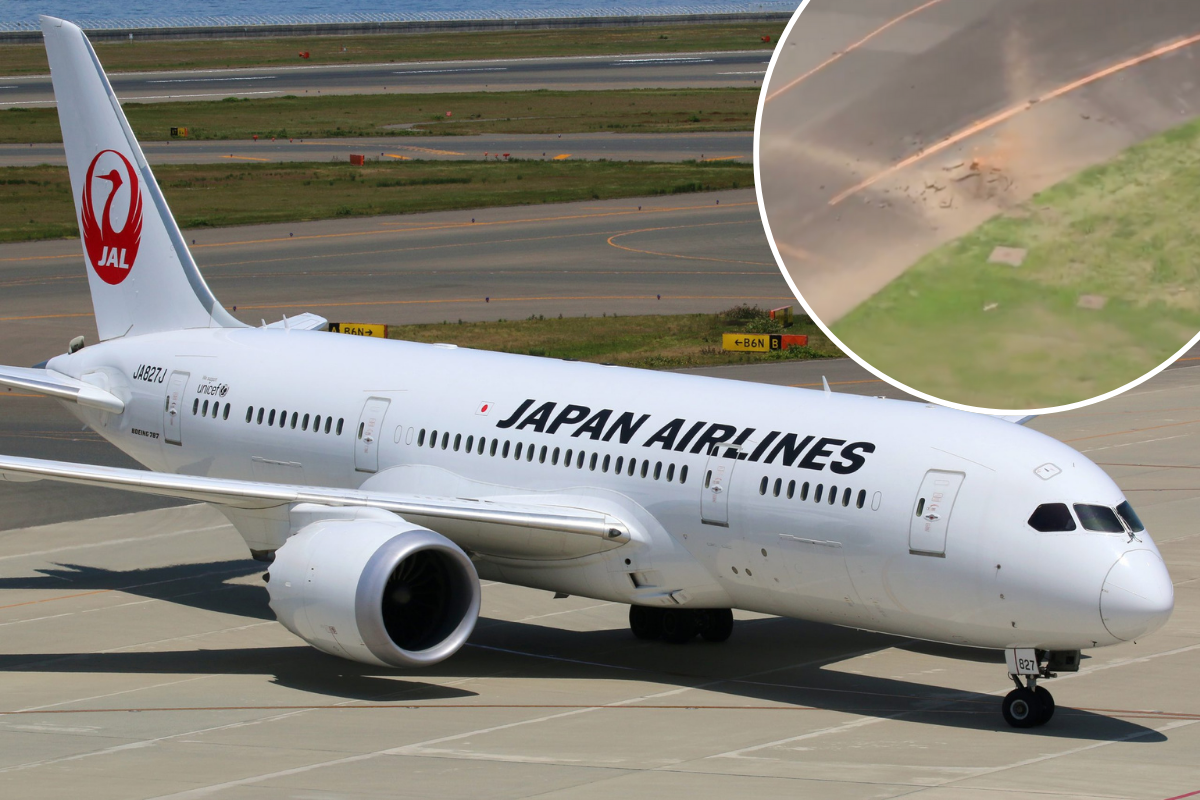
A Japanese airport was forced to temporarily shut on Wednesday morning after an unexploded bomb leftover from World War II suddenly and unexpectedly detonated under one of the main taxiways.
The explosion was caught on camera by the Civil Aviation College, which uses Miyazaki Airport, located on the island of Kyushu in southwestern Japan, for pilot training.
World War II bomb explodes on a taxiway at Miyazaki Airport in southwestern Japan forcing the closure of its runway.
— Breaking Aviation News & Videos (@aviationbrk) October 2, 2024
The transport ministry said its officials found a hole with a diameter of 7 meters and a depth of 1 meter on the taxiway after an explosion was heard around 8 a.m… pic.twitter.com/eFYXPx2ri7
Thankfully, there were no aircraft in the vicinity of the taxiway when the decades-old bomb exploded underneath the taxiway, leaving a large crater measuring around seven meters in diameter, according to Japan’s transport ministry.
The incident occurred around 8 am on October 2, prompting a temporary closure of the airport as an explosive ordnance disposal unit from the Japan Self-Defense Forces was sent to the scene.
Miyazaki Airport is now primarily used as a commercial airport for domestic flights to hubs such as Tokyo, Osaka and Fukouka but during World War II the airport was a military airfield from which Japan’s notorious kamikaze missions were dispatched from.
As a result, the airfield was frequently targeted by Allied Forces. According to Japan’s Kyodo news agency, Chief Cabinet Secretary Yoshimasa Hayashi told reporters that the bomb that exploded on Wednesday had been identified as a US-made ordinance.
This isn’t the first time that remnants from World War II have caused disruption at Miyazaki Airport. Two exploded shells have previously been discovered on the airfield – one in 2011 and a second in 2021.
According to data supplied by Flight Radar 24, every single flight scheduled to depart Miyazaki Airport after 7:45 am on Wednesday was canceled as a result of the incident.
The airport is expected to resume largely normal operations on Thursday but several early morning departures have already been canceled.
Mateusz Maszczynski honed his skills as an international flight attendant at the most prominent airline in the Middle East and has been flying ever since... most recently for a well known European airline. Matt is passionate about the aviation industry and has become an expert in passenger experience and human-centric stories. Always keeping an ear close to the ground, Matt's industry insights, analysis and news coverage is frequently relied upon by some of the biggest names in journalism.







